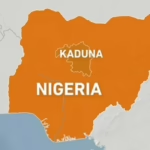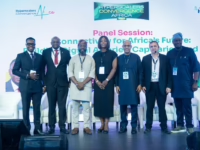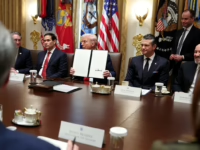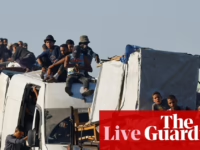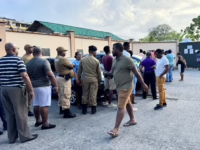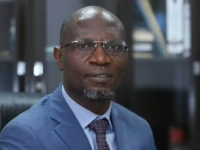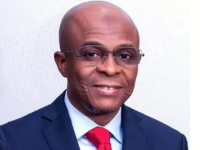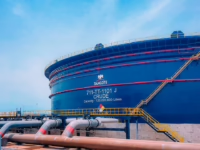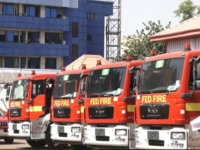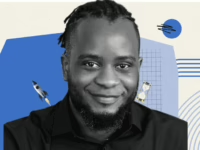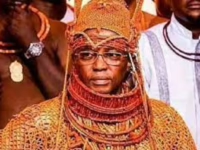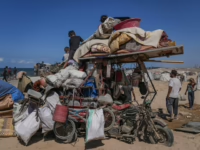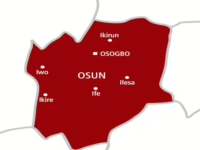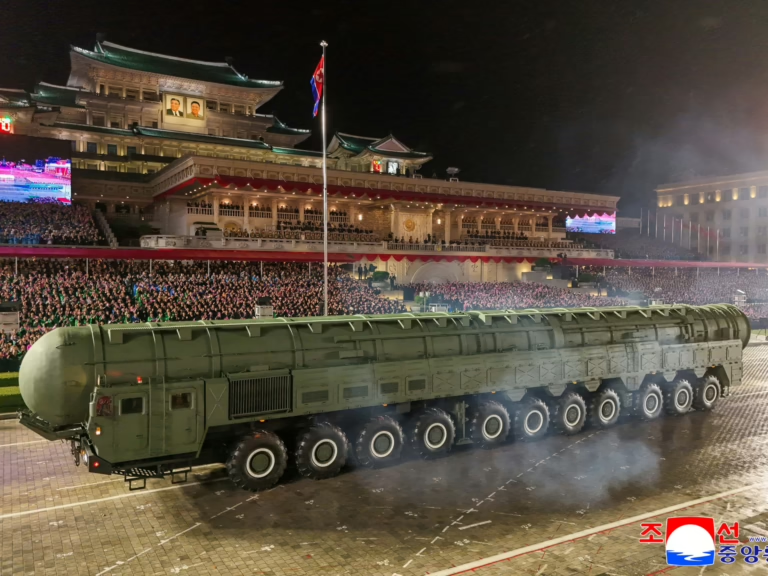At a grand military procession commemorating the 80th anniversary of North Korea’s ruling Workers’ Party, the nation introduced the Hwasong-20 intercontinental ballistic missile (ICBM) to the public for the first time.
On October 11, 2025, North Korea showcased its newest and reportedly most formidable ICBM during a parade in Pyongyang, led by Supreme Leader Kim Jong Un, according to the Korean Central News Agency (KCNA).
The event highlighted several of North Korea’s cutting-edge military assets, such as long-range strategic cruise missiles and drone deployment systems. However, the spotlight was firmly on the Hwasong-20, which KCNA hailed as the military’s “most powerful nuclear strategic weapon system.”
Displayed atop an 11-axle transporter erector launcher, the Hwasong-20’s existence had only recently come to light following tests of a new solid-fuel rocket engine, which North Korea claims is intended for next-generation ICBMs.
State media revealed that this engine, constructed with carbon fiber materials, generates an impressive thrust of 1,971 kilonewtons, surpassing the power of previous North Korean rocket engines.
Ankit Panda, a senior fellow at the Carnegie Endowment for International Peace, commented, “The Hwasong-20 currently represents the pinnacle of North Korea’s aspirations for long-range nuclear strike capabilities. It is anticipated that this missile system will undergo testing before the year concludes.”
The Hwasong missile family has already granted North Korea the ability to target distant locations, yet uncertainties persist regarding the missile’s guidance precision and whether its warhead can endure the intense heat and pressure of atmospheric re-entry.
Experts speculate that the Hwasong-20 may be engineered to carry multiple independently targetable reentry vehicles (MIRVs), a feature Kim Jong Un has urged his military to develop to enhance the likelihood of penetrating enemy missile defenses.
“This missile system is probably designed to deploy multiple warheads,” Panda explained. “Such a capability would place additional strain on existing U.S. missile defense networks and align with Kim’s strategy to establish credible deterrence against Washington.”
Following the parade, Kim Jong Un delivered a speech emphasizing North Korea’s role as a “steadfast member of socialist forces” and a “stronghold of independence” resisting Western dominance, as reported by KCNA.
“Today, we present ourselves to the world as a resilient nation, capable of overcoming any challenge and achieving any great feat,” Kim declared.

Among the international attendees was Dmitry Medvedev, deputy chairman of Russia’s Security Council and a close ally of President Vladimir Putin. During his meeting with Kim, Medvedev expressed appreciation for North Korea’s backing of Russia’s military operations in Ukraine, according to Russian state media.
“True relationships between nations and peoples are revealed in times of hardship,” Medvedev stated. “This is especially true for the alliance between our countries.”
He added, “We are thankful to the Democratic People’s Republic of Korea for its unwavering support of the special military operation. Our forces fought side by side to liberate the Kursk region, a heroic achievement that will forever be remembered.”
In response, Kim expressed his desire to deepen cooperation with Russia and to engage in broad exchanges to fulfill shared objectives, KCNA reported.



